How to Factory Reset Windows 10 Without a Password: A Step-by-Step Guide
- Home
- Support
- Tips System Rescue
- How to Factory Reset Windows 10 Without a Password: A Step-by-Step Guide
Summary
Learn how to perform a factory reset in Windows 10 without a password using built-in recovery options or third-party tools. Say goodbye to password worries and start fresh with your computer!
Table of contents
| Windows Version | Download Link | Requirement |
|---|---|---|
| Windows 7 | https://learn.microsoft.com/lifecycle/products/windows-7 | PC with a working Internet connection/ a blank USB flash drive or DVD with at least 8 GB of available storage space/ a product key |
| Windows 8/8.1 | https://www.microsoft.com/software-download/windows8 | Same to above |
| Windows 10 | https://www.microsoft.com/software-download/windows10 | Same to above |
| Windows 11 | https://www.microsoft.com/software-download/windows11 | Same to above |
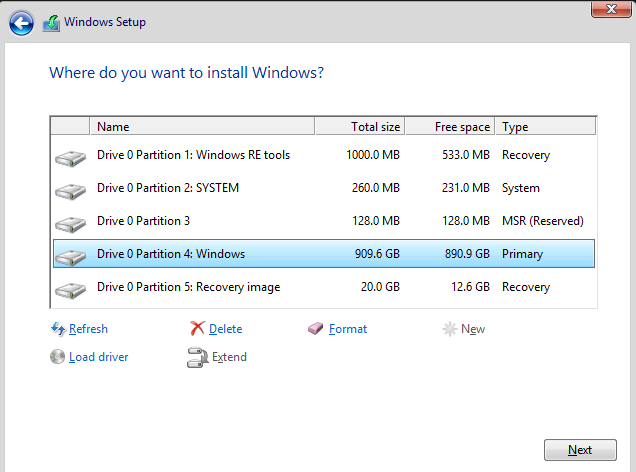
Start by downloading Renee PassNow from the official website and install it on a different computer that you can access. You can choose the appropriate version based on your computer’s operating system.

Remove Windows Login Password 3 steps for whole password remove process.
Recover the files Recover the deleted files without Windows system.
Transfer the data Transfer the important files of the computer with system.
Fix Windows startup error Fix various Windows startup failures or crashes.
Erase disk Completely erase disk files which will not be restored.
Remove Windows Login Password 3 steps for whole password remove process.
Recover the files Recover the deleted files without Windows system.
Transfer the data Transfer the important files of the computer with system.
Launch Renee PassNow and insert a USB flash drive or blank CD/DVD into the computer. Select the option to create a bootable media. Follow the on-screen instructions to complete the process.
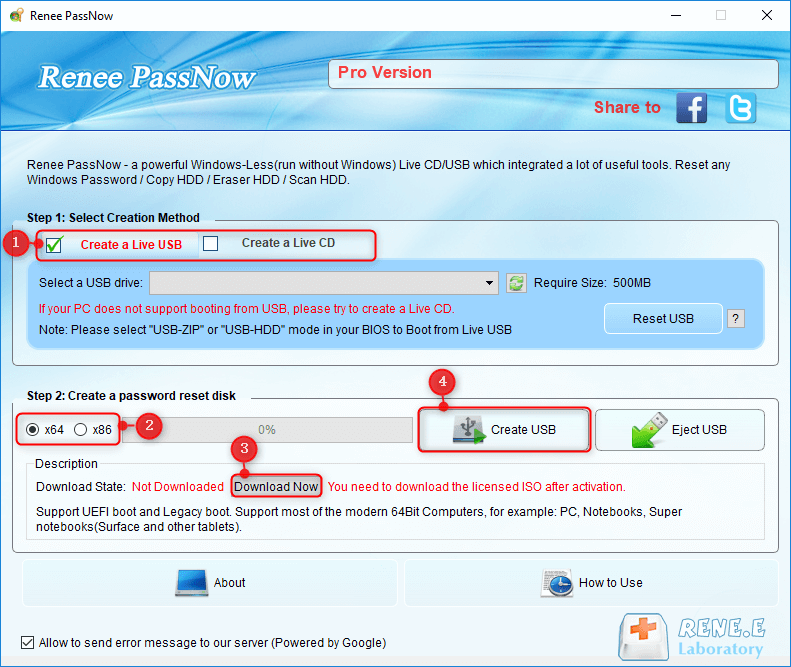
Insert the bootable USB or CD/DVD into the locked Windows computer. Restart the computer and enter the BIOS settings by pressing the appropriate key (usually F2 or Delete). Configure the boot order to prioritize the bootable media.
| Server Type | Enter boot menu method |
|---|---|
| DELL | Press the F12 key repeatedly before the Dell logo appears on the screen. |
| HP | Press the F9 key multiple times when the HP logo is displayed. |
| BIOS Name | Enter boot menu method |
|---|---|
| ASRock | DEL or F2 |
| ASUS | DEL or F2 for PCs/ DEL or F2 for Motherboards |
| Acer | DEL or F2 |
| Dell | F12 or F2 |
| ECS | DEL |
| Gigabyte / Aorus | DEL or F2 |
| Lenovo (Consumer Laptops) | F2 or Fn + F2 |
| Lenovo (Desktops) | F1 |
| Lenovo (ThinkPads) | Enter then F1 |
| MSI | DEL |
| Microsoft Surface Tablets | Press and hold Power and Volume Up buttons |
| Origin PC | F2 |
| Samsung | F2 |
| Toshiba | F2 |
| Zotac | DEL |
| HP | Esc/ F9 for `Boot Menu`/ Esc/ F10/ Storage tab/ Boot Order/ Legacy Boot Sources |
| INTEL | F10 |

After successfully booting from the bootable media, Renee PassNow will load. Select “PassNow!” function after booting from the new created Windows password reset disk.
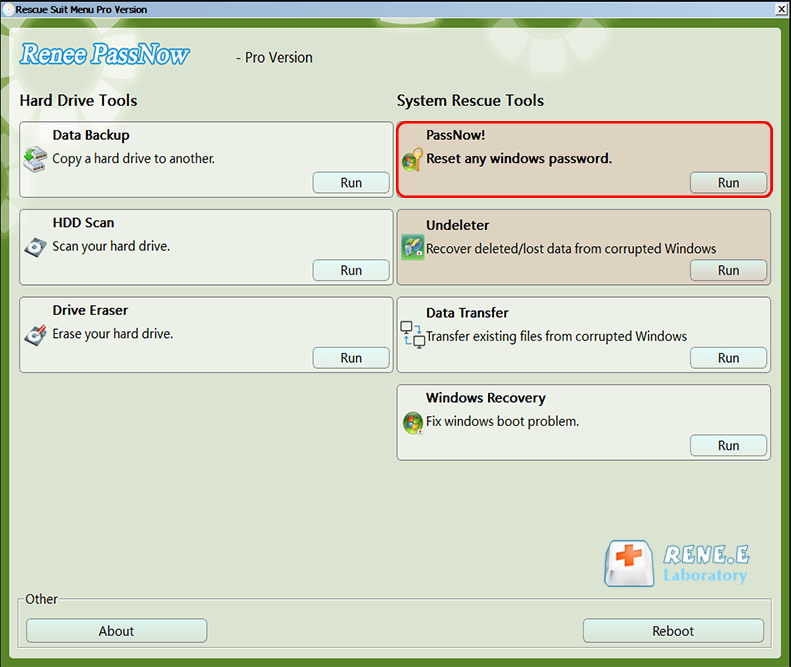
Choose the user account for which you want to reset the password. Then, click on the “Clear Password” button. Renee PassNow will remove or reset the password for the selected user account.
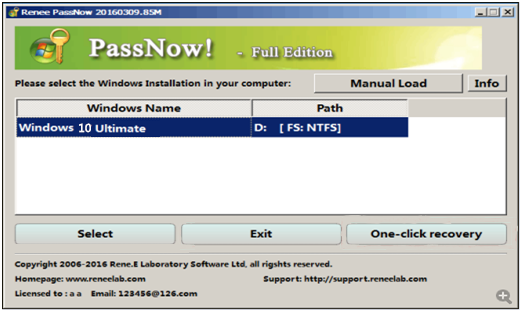
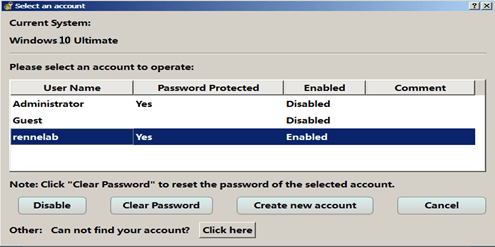
Once the password is reset, remove the bootable media from the PC and restart the computer. You will now be able to log in to Windows Account without a password.
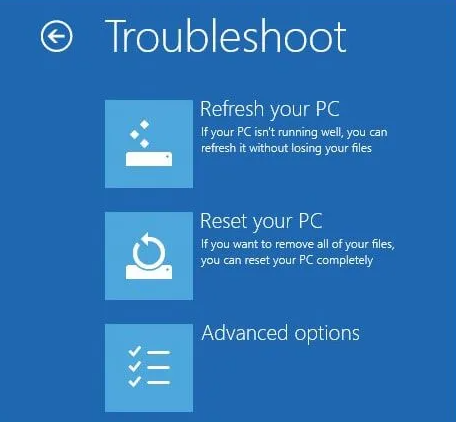
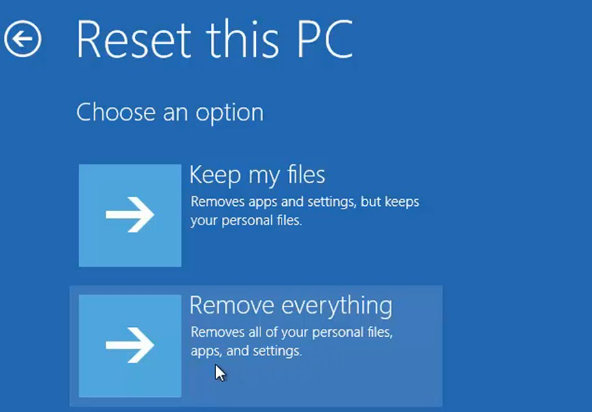
"F8" or "F12"
| Brand Name | How to Factory Reset |
|---|---|
| DELL | Restart or turn on the PC/ keep tapping F11 or A key to access the partition/ confirm the operating and then start to restore. |
| HP | Restart or turn on the PC/ keep tapping F11 or A key to access the partition/ confirm the operating and then start to restore. |
| ACER | Restart or turn on the PC/ keep tapping F11 or A key to access the partition/ confirm the operating and then start to restore. |
| ASUS | Restart or turn on the PC/ keep tapping F11 or A key to access the partition/ confirm the operating and then start to restore. |
| Microsoft | Perform a Windows reinstallation through the reset option in Windows settings or using the Windows Recovery Environment (WinRE). Follow the on-screen instructions specific to your Windows version. |
| Lenovo | Restart or turn on the PC/ keep tapping F11 or A key to access the partition/ confirm the operating and then start to restore. |
| Toshiba | Restart or turn on the PC/ keep tapping F11 or A key to access the partition/ confirm the operating and then start to restore. |
| Brand Name | How to Enter Recovery Partition |
|---|---|
| Dell | Restart the laptop and repeatedly press the F8 key until the Advanced Boot Options menu appears. Select ‘Repair Your Computer’ and choose the language preferences. Then/ click on ‘Dell Factory Image Restore’ to initiate the factory reset process. |
| Asus | Turn off the device and then press and hold the F9 key while turning it back on. Keep holding the F9 key until the Asus Recovery partition is launched. Select the language and click ‘Next.’ Then/ choose the ‘Restore Factory Settings’ option and follow the prompts to complete the factory reset. |
| Lenovo ThinkPad | Turn off the device and press the F11 key repeatedly during startup. This will open the Lenovo Recovery partition. Choose the ‘Restore Your System’ option and click ‘Next.’ Follow the on-screen instructions to proceed with the factory reset process. |
| Acer | Turn off the device and then press and hold the Alt and F10 keys simultaneously while turning it back on. This will launch the Acer Recovery Management utility. Select ‘Restore System to Factory Default’ and click ‘Next’ to initiate the factory reset. |
| Apple | Restart your laptop and hold down the Command and R keys until the Apple logo appears. This will boot your laptop into macOS Recovery. From there/ select ‘Disk Utility’ and click ‘Continue.’ Choose your startup disk and click ‘Erase.’ Once the erase process is complete/ exit Disk Utility and select ‘Reinstall macOS’ to perform a factory reset. |
| MSI | Turn off the laptop and press the F3 key multiple times during startup. This will bring up the MSI Recovery Manager. Choose the ‘System Recovery’ option and follow the on-screen instructions to initiate the factory reset. |
| Surface | Shut down the device and then press and hold the Volume Up button. While still holding the Volume Up button/ press the Power button to turn on the laptop. Release the Volume Up button when the Surface logo appears. Select ‘Troubleshoot’ and then ‘Reset this PC’ to perform the factory reset. |
| HP | Power off the laptop and press the F11 key repeatedly during startup. This will open the HP Recovery Manager. Select ‘System Recovery’ and follow the prompts to begin the factory reset process. |
| Advent | Restart your computer and immediately start tapping the F8 or F10 key. This will bring up the recovery tools on your hard drive. Follow the on-screen prompts to restore your computer to its original factory settings. |
Relate Links :
How to factory reset Windows 10 without password?
10-10-2024
Ashley S. Miller : Learn how to factory reset Windows 10/11 without a password. Explore built-in recovery options, third-party password reset tools,...
[4 methods] Regain Access to Your Lenovo Laptop by Resetting the PIN
08-10-2023
John Weaver : Forgot your Lenovo laptop PIN? Don't worry, there are several options to regain access to your device. From...
Troubleshooting Guide: How to Fix the I Forgot My PIN not working Issue in Windows 10
02-12-2023
Ashley S. Miller : Having trouble with your Windows 10 PIN? Don't worry, we've got you covered. In this troubleshooting guide, we'll...
Resetting HP Stream Laptop: A Password-Free Factory Reset Method
12-09-2023
John Weaver : Learn how to perform a factory reset on an HP Stream laptop without a password. Follow these simple...
- Option 1 : Reinstall Windows using Windows Installation Media without password
- Reset Passwords Before Utilizing the Built-in Factory Reset Function
- How to Use Renee PassNow in Removing Existing Windows 10 Passwords
- Option 2 : Using Windows Built-in Factory Reset Function
- Option 3 : Use Recovery Partition of Different Brand Computer to Factory Reset
- Option 4: Use Recovery Partition of Different Brand Laptop to Factory Reset
- Conclusion




